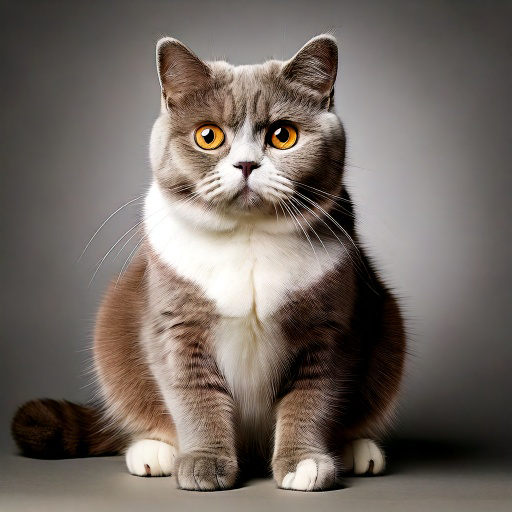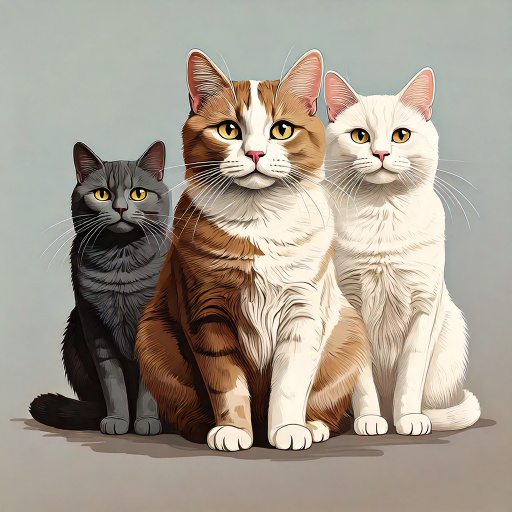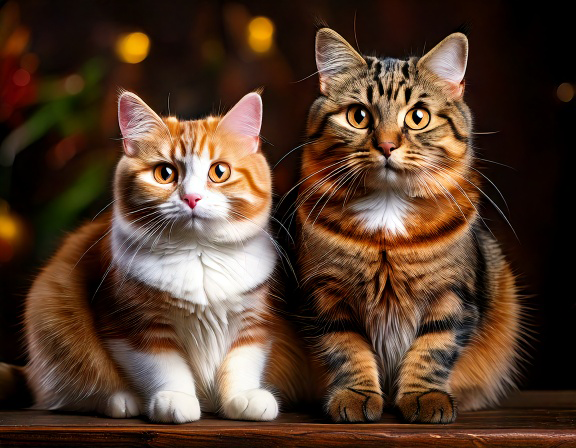British Shorthair: Bicolor Markings
British Shorthair: Bicolor Markings
2022-06-25

British Shorthair: Bicolor Markings
Introduction: The Beauty of Bicolor Markings
The bicolor pattern in British Shorthair cats is one of the most charming and distinctive features of the breed.
With unique distributions of white and colored patches, each bicolor cat looks like a living piece of art.
Let’s explore how these markings arise, the main types, and how they combine with other coat patterns.
Bicolor Marking Gene
Bicolor markings are caused by the white spotting gene, which shows incomplete dominance.
🧬 Involved Alleles:
S(dominant): produces white patches.s(recessive): results in a fully colored coat, without white.
Genetic Combinations:
SS: large amounts of white.Ss: classic bicolor pattern.ss: solid color with no white.

Educational infographic showing how genotypes influence bicolor markings.
Types of Bicolor Markings
Depending on the amount and distribution of white, several distinct bicolor types emerge:
- Van: mostly white body, with color restricted to the head and tail.
- Harlequin: irregular patches of white and color covering 25% to 50% of the body.
- Classic Bicolor: balanced white covering about 50% to 75% of the body.
- Mitted: white on the chin, chest, belly, and paws — as if the cat is wearing little "mittens."

Van, Harlequin, Classic Bicolor, and Mitted patterns in British Shorthair cats.
Combinations with Tabby and Tortie Patterns
The bicolor gene can combine with other coat patterns, creating even more stunning appearances:
- Bicolor Tabby: white patches over a tabby (striped) coat.
- Tortie Bicolor: a mix of black and orange patches combined with white.
These combinations are highly prized for their unique and original looks.

Examples of British Shorthairs with bicolor + tabby and bicolor + tortie patterns.
FAQ – Bicolor Markings in British Shorthairs
Are all bicolor cats the same?
No! Each bicolor cat is unique, as the distribution of white and color patches is random and genetically determined.
Do bicolor markings affect a cat’s behavior?
No. Coat patterns are purely aesthetic and have no impact on a cat’s personality or temperament.
Can bicolor cats be officially registered as British Shorthairs?
Yes, as long as they meet breed standards and have a pedigree issued by recognized associations like FIFe, WCF, or TICA.
Is the bicolor gene exclusive to British Shorthairs?
No. The white spotting gene appears in several breeds, but the British Shorthair showcases one of the most classic and beloved expressions.
Conclusion
Bicolor markings are a beautiful example of feline genetic diversity.
Understanding the genetics behind these variations helps us appreciate even more the natural beauty of our cats.
Whether you are a breeder or a loving owner, knowing these details makes your bond with your cat even more special.
This content was produced by British Village
Based on our hands-on experience as responsible breeders of British Shorthair cats, combining knowledge, passion, and care for the breed.